The breeders of our planet have long wanted to create a fruit shrub, in which the best advantages of widespread crops are combined - gooseberry and black currant. And now their idea was carried out, in several countries, an interesting hybrid was created in several countries, which received such names: Yoshta, Jochielina, Yohina, Krondal, Chrome. In Russia, this plant is more often referred to as a yosh or currant-gooseberry hybrid.
Description and features of Yoshta
Why did the shrub given such a strange name? The greatest positive results in hybridization managed to reach German specialists, in particular Rudolf Bauer. In German, black currant sounds like "Johannisbeere", and the gooseberry is "Stachelbeere". Two first letters from the first word were taken and 3 letters from the second word were added to them. So the name "Yoshta" was formed. Hybrids - creation of breeders of different countries, differ significantly in size, shape and color of sheet plates, the appearance of the bush, color, size of the quantity and taste of fruits. Shrubs are mostly powerful, strong, spreading (consist of about 15 multi-aging shoots), their height can reach two meters. The length of the shoots is about one and a half meters, there are no spikes on them. The root piglet next to the bush is not formed. All roots are placed in the soil at a depth of 30-40 centimeters.
Frost resistance of currant-gooseberry hybrids leaves much to be desired. It is recommended to place them in those places that are protected from penetrating winds. Now, however, there are already varieties normally carrying frosts.
Currant of Yoshta shows resistance to viral lesions, mildew (spheres), kidney clamp, which you can not say about a long-familiar currant currant. The leaves do not have its fragrance, they are larger than they are on the gooseberry. They are brilliant, the color is dark green. Flowers are large, their painting is yellowish. In the brushes ripen from three to five berries. The color of the berries yoshta is black, you can notice a small purple raid. They are reliably attached to the fruits, do not appear. The taste is sour-sweet, with a malicious aroma. The skin is thick, in size fruits are similar to the cherry, their weight from three to five grams. Ascorbic acid in them is greater than in the fruits of the gooseberry, but less than in the "beads" currant. They also contain other important vitamins, pectin substances, rutin, organic acids, anthocyans, phytoncides, potassium, iron, iodine, copper and other mineral connections.
A few words about the benefits of fruit yoshta:
- Improve blood circulation.
- Help with heavy metals and radioactive connections from the body.
- Increase the amount of hemoglobin in the bloodstream.
- Beneficially affect the immune system, protect against ARVI, help to quickly cope with the foci of inflammation.
- . Accelerate the flow of metabolic processes.
- Strengthen the walls of blood vessels.
- Showing suffering gastrointestinal illness, anemia, hypertension, diabetes mellitus.
Varieties of yoshs. Choosing a currant-gooseberry hybrid
Now the gardeners grow such varieties of Yoshty:
- "Johilina" is the height of this bush within 150 centimeters, but in the width it grows up to 200 centimeters. The weight of the berries is about five grams. But there are and larger - to twelve grams. If you do not cut forward, the berries are minced. A bush does not suffer an anthracnose, spottedness, the web ticks do not touch it.
- "Rect" - led in Russia, a very beautiful scattered bush, the diameter of which is 150 centimeters, and "Growth" - 120 centimeters, which also gives amber berries, having a reddish tide and characteristic of the flower fruit drawing. The weight of delicious berries from 5 to 9 grams. It is advisable to place a bush in the shade, otherwise under hot sunny rays, its attractive leaves are burning.
- "Moro" - differs in high spirits (up to 250 centimeters) and at the same time compactness. Berries in size as a cherry, their color is almost black, there is a purple peel and a bright nutmeg aroma.
- "EMB" is the "brainchild" of British breeders, whose height reaches 180 centimeters. The duration of flowering is two weeks, but the ripening of fruits occurs for two months.
- "Krona" - Suitable in combination with other bushes for "alive" hedge, is derived in Sweden.
Landing Yoshty
You can plant yosh in your area or early autumn or early spring. The soil is desirable fertile, and the plot is sunny. If you decide to buy yosh, then first pay your gaze to the root system of your favorite seedlings, the roots should be externally healthy, strong. If the roots look weak, dry, weathered, then this sapling yosh is better not to take care, it is unlikely that he is successfully attached.
If you are landing in the fall, you first remove all the leaves from the seedling, just do not damage the kidney. If you see a few dry or slightly fallen roots, then carefully cut them. If the root system is dry, then place it for a day in a water bucket.
Packing spacious pit, its approximate dimensions: 50 × 50x50 centimeters. Want to plant several seedlings at once, then leave the distance between them after one and a half meters. When organizing a living hedge of shrubs, Yoshta is enough to make a distance of 50 centimeters between them. At the bottom of the pits, pour half the ward of the compost land, the half-liter jar of ash and 100 grams of superphosphate. Mix everything from the garden earth so that the pit is filled with a third of his volume. Now add fertile soil to the pit in such a quantity so that it is filled with half the volume. Now we need to pour a whole bucket of water into the pit. Autumn preparing the pit is completed. During the winter, the soil will occur, it will resist. Early spring land in the pit is drowning, and then send a sapling there. After placing its roots, pour them off with fertile soil. By filling out the pit, Match the Earth, "Let's drink" a seedling with water (will leave near the bucket).
After the water is absorbed, the zone around the seedling is inspired by peat (grass, hay). Then it is recommended to crop all the shoots, leaving for three kidneys each.
If a seedlock is planning to buy in the fall, then make a pit for him two weeks before the point of landing.
Preproduction options Yoshty
To propagate this plant is possible in the following ways:
- green or weathered cuttings;
- dividing bush at the time of transplant;
- seeds;
- wrap (vertical or horizontal).
The cutting of the weathered cuttings (15 centimeters) is engaged in early autumn. Then they are planted in loose, fertile, purified by weeds soil. The two top kidneys are not falling asleep at the same time. More precisely, the second kidney must be placed just at the ground level. Next, there is a process of mulching with a five-axis layer of peat crumb or humus. The cuttings are watered and the soil is a little pressed. In the spring of these cuttings, they also care, as behind cuttings of currant. The cuttings are successfully rooted if they provide the optimal treatment for nutrients and moisturizing.
Green cuttings are the top segments of shoots. Their length is from 10 to 15 centimeters. The lower leaves are cut off, leaving only two pairs of the upper (they are just enough to shorten one-third). Planting such cuttings in the soil of the guy can be made all summer. To accelerate the formation of roots before boarding these cuttings, the bottom cuts are put into the solution with the root consumer for 12 hours. The first weeks in the guy should be increased humidity, so the cuttings spray at the time of planting. Then the rooting cuttings can be (and even needed) to air daily. The fasteners, the shredded cuttings of the next spring are distributed by permanent places in the garden.
If you want to multiply yosh with seeds, you first mix them with wet sand and put it for storage before the arrival of spring. Sometimes moisturize the sand, drawing at the same time, if premature germination occurred. If the seeds still sprouted, they will have to move them into the flower pots and care for them to spring, it is possible to plant them into the garden in May, after having completed hardening.
In the fall, you can dig a born bush, after which it is cleaned its root system from the ground. Then take a sharp knife so that with it to divide the bush into several parts in such a way that the delinka receives three escapes (or more) and developed roots. Cuts on the roots need to be powder with anger coal. Pubs for Delockers should be prepared in advance.
How to propagate yoshit horizontal gods? In the spring, wait when the soil warms up. Put the grooves in it and put two-year-old twigs there. Grooves Sweep a depth of 10 centimeters. Stop branches with several metal brackets. Those tops that will stay above the earth, page. The branches then pour using a fertile soil. When the gag will be sent, the height of which will reach 12 centimeters, then sprinkle them on 6 centimeters of the earth. After three weeks it is worth making one more dip. The next spring can be separated by chain and transplanted into the prepared pits. For reproduction, you can use vertical chain.
Care recommendations for yosh
Caring for Yoshta in the garden consists of several events:
- regular watering;
- grinding soil and grinding of weed herbs;
- competent feeders;
- fighting diseases and possible pests.
Yoshta loves moisture, so the whole season is not scared on the watering. Under adult bush each time, pour 20-30 liters. Wrap for watering - evening or morning. If there is little moisture in the ground, then Yoshta develops and grows slower.
The first loosening of the bonus territory can be held in April. The depth is not more than 4-6 centimeters. The aisle can be loosened by 8 centimeters. Such looshes are desirable to produce every two weeks. Want to raise less often, aerate and pour the soil, then the zone around the seedling is inspired by a generous layer of peat or humus.
For the first three seasons, feed the bushes of Yoshta, introducing 20 grams of potassium sulfate under the bush and 40 grams of superphosphate. In the next seasons, potassium fertilizers need 25 grams, and 30 grams are enough superphosphate. In the fall, pour into each bush of Yoshta for the full half-liter can of ash.
In the spring, inspect shrubs, remove patients who break down shoots. If a part of the shoots jumped, then shorten them to healthy tissues. The so-called forming trimming of these plants is not required. It is enough just to cut those branches annually, with which more than seven years, leaving the segments where six kidneys are located.
In the fall, shrubs are also viewed to make the sanitary trimming of Yoshta. At the same time, thickening and broken shoots are cut, as well as those that are amazed by glass. If you wish, you can cut healthy branches by a third of their lengths.
Possible diseases and pests Yoshta
Diseases are always easier to prevent than then heal. Therefore, before the revelation of the kidneys and after the leaves of the leaves, before the rest period, proceed with 1% burgundy liquid, "nitrophen", copper vitriol. Or spend the urea spraying (solution of 7% concentration).
If it is good to care for Yoshta, then it will be healthy, and every year you can collect useful frods from it. And yet we will list diseases that can develop on the plant:
- septoriasis;
- puffy dew;
- churchosposition;
- anthracnose;
- rust (columnar, boat);
- terrace;
- mosaic.
If the disease is fungal, then the plant can be cured with such fungicides as "topaz", "Fundazol", "Sorrow", "Bayleton" (triadimephone).
If yoste noted signs of terrain or mosaic, then such copies will have to immediately dig and destroy, since these pathologies are still incurable.
Insects, mercilessly capable of causing currant, gooseberry, Yoshta can also disturb. These include:
- currant glass;
- tLL, ticks;
- butterfly flax.
To combat pests, such drugs were created: "Aktellik", "Agovertin", "Decis", "Akarin", Kleschevin "," Aktara "," Biotline ".
Typically, summer houses are collected from an adult bush of this hybrid from 5 to 10 kilograms of berries. Of these, you can make compotes, frost, juices, jams, confiture, jelly, jam, wine. It is believed that the yield increases, if not far from Yoshta put the gooseberry bush and currant bush.

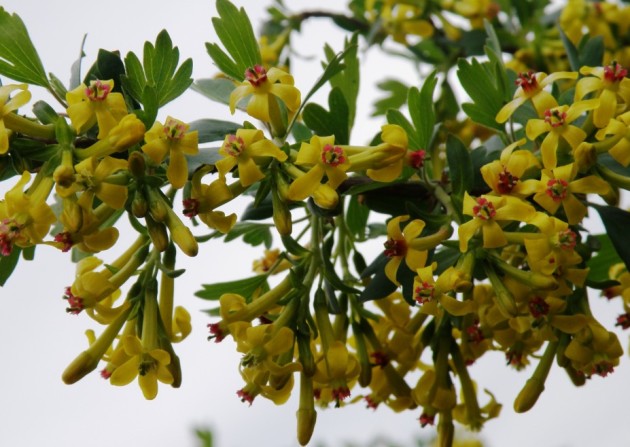
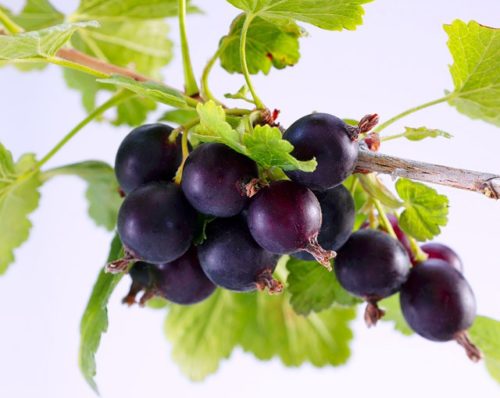
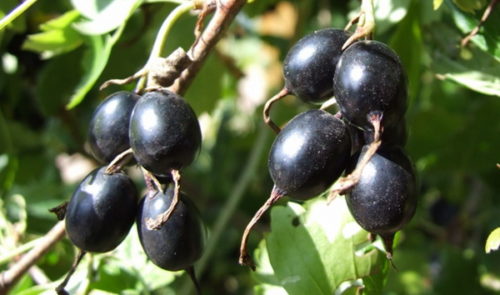
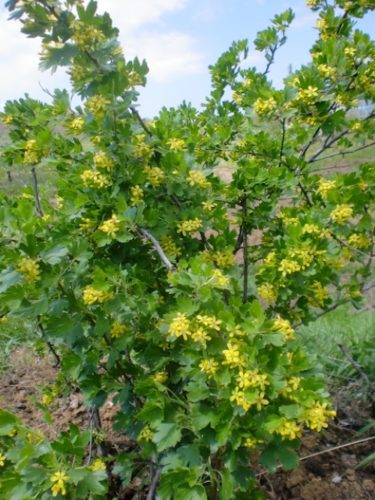
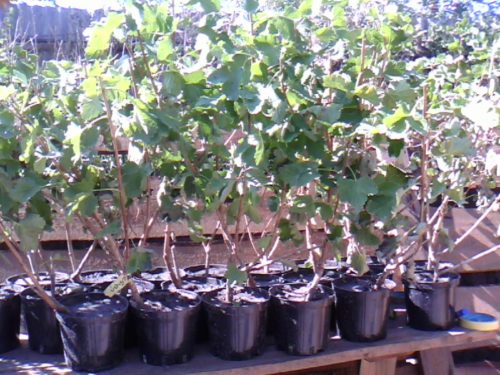
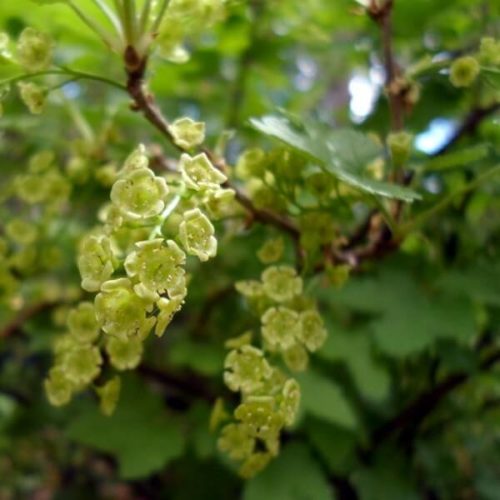

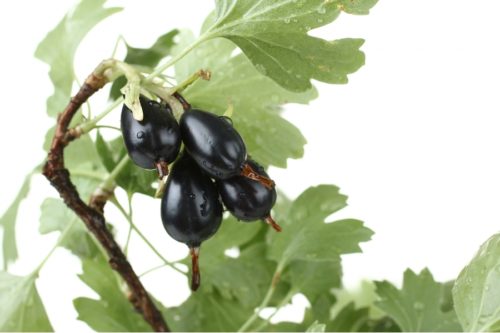
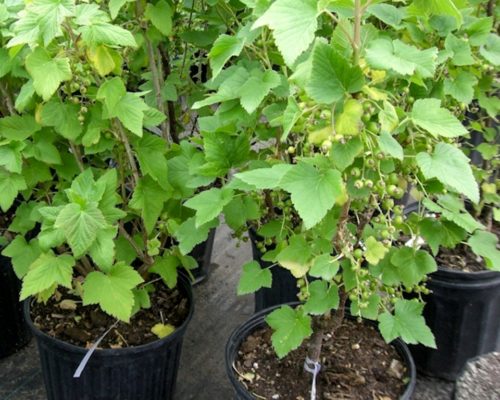

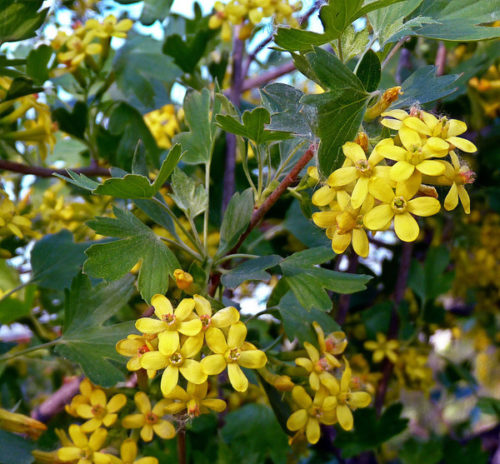
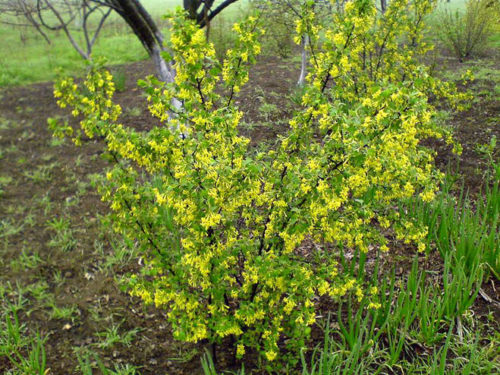












 Start a discussion ...
Start a discussion ...